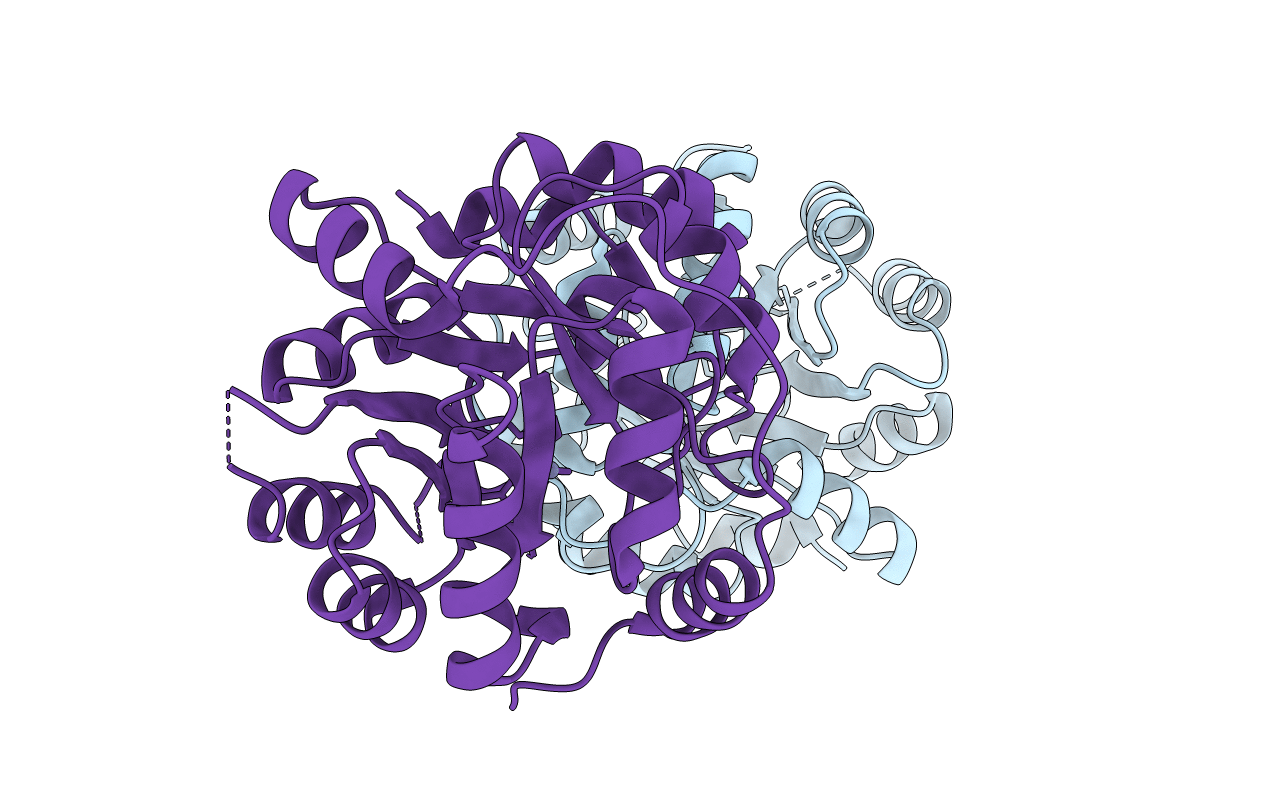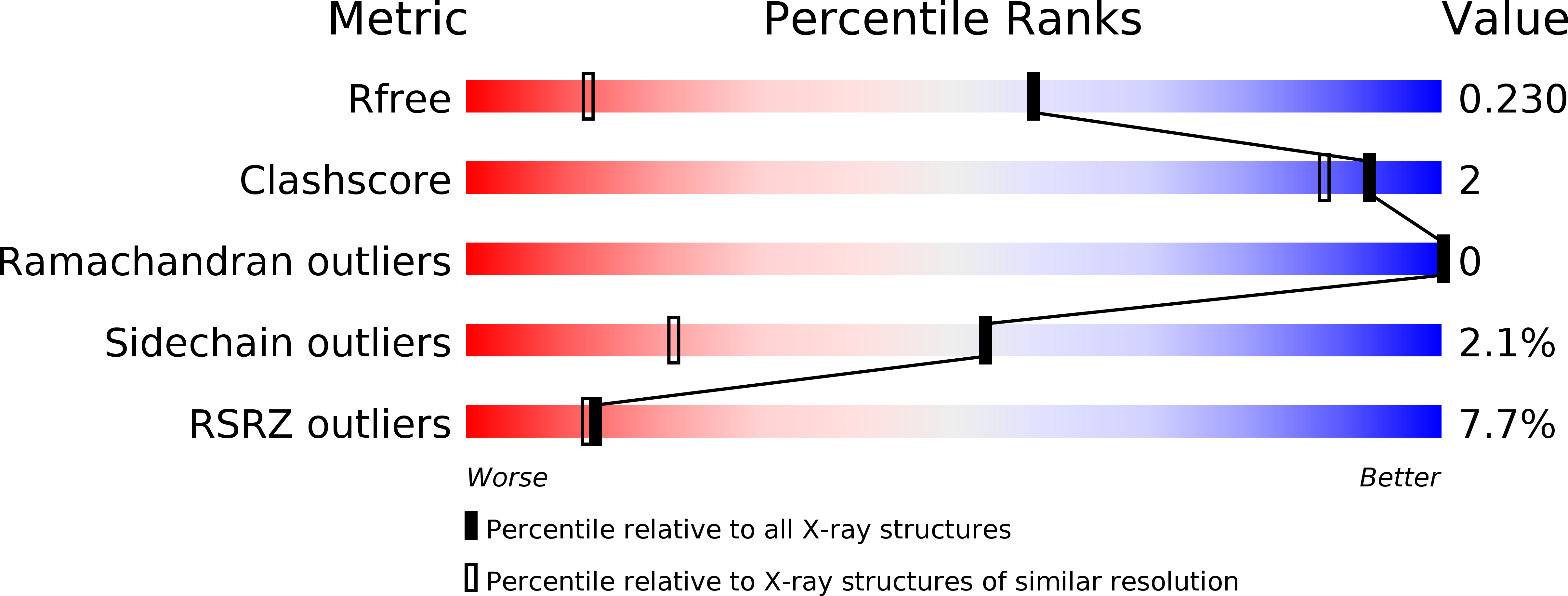
Deposition Date
2016-05-26
Release Date
2016-08-03
Last Version Date
2023-09-27
Entry Detail
PDB ID:
5K7J
Keywords:
Title:
Structure of designed zinc binding protein ZE2 bound to Zn2+
Biological Source:
Source Organism:
Host Organism:
Method Details:
Experimental Method:
Resolution:
1.39 Å
R-Value Free:
0.23
R-Value Work:
0.19
R-Value Observed:
0.19
Space Group:
P 1 21 1


